Home>Storage Ideas>Kitchen Storage>Kitchen Styling: 10 Essential Kitchen Styling Ideas And Tips
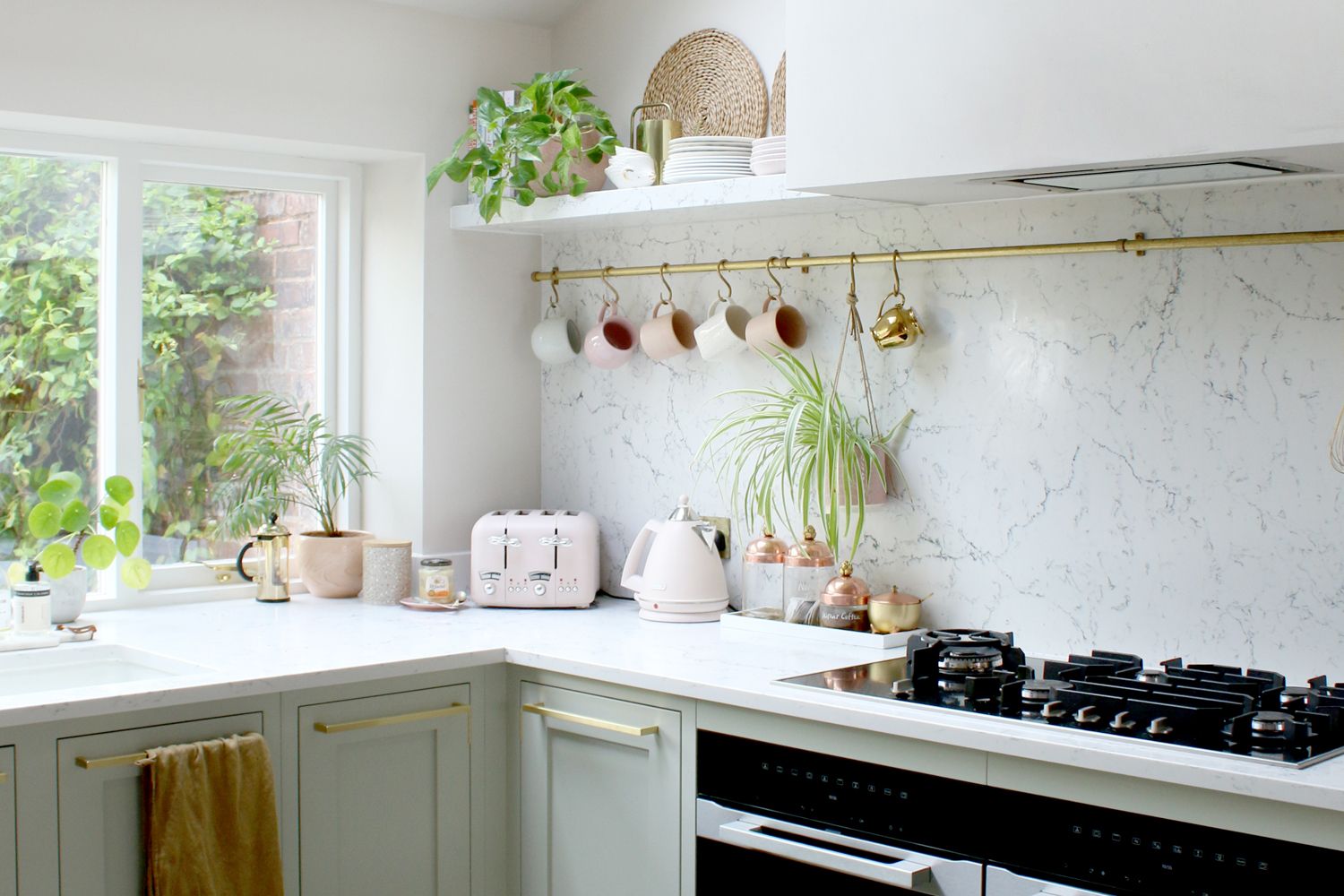

Kitchen Storage
Kitchen Styling: 10 Essential Kitchen Styling Ideas And Tips
Modified: August 28, 2024
Discover 10 must-have kitchen storage ideas and tips for a perfectly styled kitchen. Maximize space and organization with these essential kitchen styling ideas.
(Many of the links in this article redirect to a specific reviewed product. Your purchase of these products through affiliate links helps to generate commission for Storables.com, at no extra cost. Learn more)
Introduction
Welcome to the world of kitchen styling, where functionality meets aesthetics. The kitchen is the heart of every home, and it deserves to be organized, stylish, and efficient. Whether you have a small apartment kitchen or a spacious chef’s dream kitchen, there are countless opportunities to elevate its design and transform it into a space that reflects your personal style while catering to your practical needs.
In this article, we will explore ten essential kitchen styling ideas and tips that will help you create a kitchen that is not only visually appealing but also highly functional. From organization and color schemes to storage solutions and lighting fixtures, we will cover a range of aspects to inspire you and make your kitchen a joy to be in.
So let’s dive into the world of kitchen styling and discover how you can optimize your kitchen space to its full potential!
Key Takeaways:
- Elevate your kitchen with functional and visually appealing styling ideas, from organizational tips to unique accessories, creating a space that reflects your personal style while maximizing efficiency and organization.
- Transform your kitchen into a beautiful and efficient space with the right color schemes, natural elements, smart storage solutions, and a well-thought-out layout, striking a balance between aesthetics and functionality.
Read more: 15 Pantry Cabinet to Store Your Essentials
Organizational tips for a functional kitchen
An organized kitchen is the key to a smoothly running culinary haven. Here are some organizational tips to help you create a functional kitchen:
- Declutter: The first step to an organized kitchen is getting rid of unnecessary items. Clear out your cabinets and drawers, and donate or discard items that you no longer use or need. This will create more space and make it easier to find the items you actually use.
- Group similar items: Arrange your kitchen tools and utensils by category. Keep baking supplies together, pots and pans in one area, and everyday dishes in another. This will make it easier to find what you need when cooking or baking.
- Utilize drawer dividers and organizers: Invest in drawer dividers and organizers to separate and neatly store your utensils, cutlery, and kitchen gadgets. This will prevent them from becoming a jumbled mess and make it easier to locate what you need.
- Use clear containers for pantry items: Transfer dry goods, such as rice, pasta, and cereals, into clear containers. This not only keeps your pantry organized but also allows you to see when supplies are running low.
- Label everything: Labeling is a simple yet effective way to keep your kitchen organized. Use labels to identify containers, spice jars, and shelves. This will save you time searching for ingredients and ensure everything has its designated spot.
- Maximize cabinet space: Make the most of your cabinet space by utilizing vertical space with stackable shelves and organizers. You can also install hooks on the inside of cabinet doors to hang mugs, measuring cups, and small tools.
- Install a pot rack: Hanging your pots and pans on a pot rack not only frees up cabinet space but also adds a stylish element to your kitchen decor. This makes them easily accessible while giving your kitchen a professional and organized look.
- Designate a command center: Create a designated area in your kitchen as a command center. This can include a calendar, a chalkboard or whiteboard for notes and grocery lists, and a bulletin board for pinning up recipes or important reminders.
- Invest in smart storage solutions: Consider investing in smart storage solutions such as pull-out shelves, lazy susans, and storage bins for easy access to all your kitchen items. These clever solutions will maximize your space and keep everything organized.
- Maintain regular cleaning and organization habits: Once you have organized your kitchen, it’s important to maintain it. Keep up with regular cleaning and organizing habits by tidying up after each meal and doing a monthly decluttering session. This will ensure that your kitchen remains functional and clutter-free.
By implementing these organizational tips, you can transform your kitchen into a space that is not only pleasing to the eye but also makes your cooking and meal preparation a breeze.
Choosing the right color scheme for your kitchen
The color scheme of your kitchen plays a significant role in creating the desired atmosphere and aesthetic appeal. Here are some tips to guide you in choosing the right color scheme:
- Consider the overall style: Start by considering the overall style and theme of your kitchen. Are you going for a modern and sleek look, a rustic farmhouse vibe, or a vibrant and eclectic feel? The color scheme should complement the style you want to achieve.
- Opt for a cohesive look: Choose a color scheme that flows seamlessly with the rest of your home’s decor. Consider the adjacent rooms and make sure the colors complement each other. This creates a harmonious and cohesive look throughout your living space.
- Assess the natural light: The amount of natural light in your kitchen will affect how the colors appear. If your kitchen lacks natural light, opt for lighter shades that can brighten up the space. If you have ample natural light, you can experiment with bolder and darker colors.
- Choose a neutral base: A neutral color as your base allows for versatility and easy adaptability. Colors like white, beige, or gray make for timeless and classic choices that provide a clean and fresh canvas for other elements in the kitchen.
- Add pops of color: Once you have a neutral base, consider adding pops of color to inject personality and visual interest. This can be done through accent walls, colorful backsplashes, vibrant accessories, or even painted cabinets or kitchen island.
- Complement with contrasting hues: Contrasting colors can add depth and dimension to your kitchen. Consider using complementary colors, such as blue and orange or yellow and purple, to create a visually appealing and dynamic space.
- Consider the psychological impact: Keep in mind the psychological impact of colors. For example, warm colors like red, orange, and yellow can stimulate appetite and create a cozy atmosphere, while cool colors like blue and green can create a sense of calmness and tranquility.
- Think long-term: Trends come and go, so it’s essential to choose a color scheme that you can live with for the long term. Consider timeless colors that won’t feel outdated in a few years. If you want to incorporate trendy colors, do so through accessories or temporary elements that can be easily changed.
- Test samples: Before committing to a color scheme, test samples on the walls or cabinets to see how they look in different lighting conditions. Colors can appear different in natural light versus artificial lighting, so it’s crucial to see how they behave in your specific kitchen environment.
- Balance with neutrals: To create a balanced and visually pleasing color scheme, make sure to balance vibrant colors with neutral tones. This prevents the space from feeling overwhelming and allows the colorful elements to stand out.
Remember, choosing the right color scheme is a personal decision, and it ultimately comes down to your individual style and preferences. By considering these tips and experimenting with different colors, you can create a kitchen that is visually stunning and sets the desired ambiance for your culinary adventures.
Incorporating natural elements in kitchen decor
Bringing elements of nature into your kitchen can create a warm and inviting atmosphere while adding a touch of freshness and serenity. Here are some ideas to incorporate natural elements into your kitchen decor:
- Use natural materials: Opt for natural materials like wood, stone, and marble in your kitchen design. Whether it’s wooden cabinets, a stone countertop, or a marble backsplash, these materials add a sense of warmth and earthiness to the space.
- Introduce plants: Plants bring life and freshness to any room, including the kitchen. Place potted herbs on the windowsill or hang planters with trailing vines. Not only do they improve air quality, but they also add a touch of greenery and natural beauty to your kitchen.
- Create a focal point with a living wall: If you have limited countertop space, consider creating a living wall. Install a vertical garden with herbs or succulents for a striking centerpiece. This not only adds a unique and eye-catching element to your kitchen but also provides easy access to fresh herbs for your meals.
- Display natural-inspired artwork: Hang artwork or photographs depicting nature scenes or botanical prints on your kitchen walls. This not only brings the beauty of nature into the space but also serves as a conversation starter and a source of inspiration while cooking.
- Allow natural light to shine in: Make the most of natural light by keeping your windows open and unobstructed. Natural light not only creates an airy and uplifting atmosphere but also showcases the beauty of natural elements in your kitchen, such as the grain of wooden surfaces or the texture of stone countertops.
- Incorporate organic textures: Choose kitchen accessories and textiles with organic textures like woven baskets, natural-fiber placemats, or bamboo cutting boards. These textures add depth and visual interest to your kitchen while providing a tactile connection to nature.
- Showcase natural color palettes: Choose a color palette that reflects nature’s hues. Earthy tones like greens, beiges, browns, and soft blues can create a calming and tranquil environment reminiscent of the great outdoors.
- Use natural-inspired patterns: Incorporate patterns inspired by nature, such as floral prints, vine motifs, or leaf patterns, in your kitchen decor. This can be in the form of wallpaper, fabric patterns for curtains or chair covers, or even on kitchen utensils and dishes.
- Bring in natural elements through accessories: Enhance your kitchen decor with natural accessories like wooden or bamboo utensils, stone coasters, and ceramic or clay pots for storing utensils or holding fresh flowers. These small touches add an organic and grounded element to your kitchen.
- Showcase natural textures: From exposed brick walls to rough-hewn wooden beams, showcasing natural textures in your kitchen adds depth and character. Embrace the imperfections of these textures and highlight them to create a rustic and natural ambiance.
By incorporating natural elements into your kitchen decor, you can create a space that feels connected to nature and promotes a sense of calmness and serenity. Experiment with different ideas and find what resonates with your style and personality, ultimately transforming your kitchen into a haven of natural beauty.
Selecting the perfect lighting fixtures for your kitchen
Lighting is a crucial element in kitchen design as it influences both the functionality and ambiance of the space. Here are some tips to help you select the perfect lighting fixtures for your kitchen:
- Consider the different lighting layers: A well-lit kitchen consists of three layers of lighting: ambient, task, and accent lighting. Ambient lighting provides overall illumination, task lighting focuses on specific work areas, and accent lighting adds depth and highlights key features.
- Start with ambient lighting: Begin by selecting the main source of ambient lighting for your kitchen. This can be achieved through overhead fixtures like recessed lights, flush-mount or semi-flush-mount ceiling lights, or even pendant lights for an added design element.
- Focus on task lighting: Task lighting is essential for specific areas where you prepare food, chop ingredients, or read recipes. Under-cabinet lights, track lights, or adjustable pendant lights above the countertop and kitchen island are great options for task lighting.
- Add accent lighting: To add depth and create visual interest, consider incorporating accent lighting. This can be achieved through the use of LED strip lights installed along the toe kick of cabinets, inside glass-fronted cabinets to showcase dishware, or above a feature wall to create a focal point.
- Consider the size and scale: When choosing lighting fixtures, consider the size and scale of your kitchen. A small kitchen may benefit from smaller, more subtle light fixtures, while a larger kitchen can accommodate larger, more elaborate fixtures.
- Match the style of your kitchen: Select lighting fixtures that complement the overall style of your kitchen. If you have a modern kitchen, opt for sleek and minimalist fixtures. For a farmhouse or rustic kitchen, consider pendant lights with a vintage or industrial touch.
- Pay attention to color temperature: Color temperature refers to the warmth or coolness of the light emitted by the bulbs. For a cozy and inviting kitchen, opt for warm white or soft white bulbs (2700-3000 Kelvin). For a brighter and more energizing atmosphere, choose cool white bulbs (3500-4100 Kelvin).
- Utilize dimmer switches: Install dimmer switches for adjustable lighting control. This allows you to set the mood in your kitchen, from bright and functional during meal prep to a softer and more intimate setting for entertaining guests.
- Ensure proper placement: Consider the placement of your lighting fixtures to ensure that they provide adequate light without casting shadows on your work surfaces. Pendant lights above the kitchen island or a central chandelier over the dining area should be positioned at the appropriate height and distance from other elements.
- Choose energy-efficient options: Opt for energy-efficient lighting fixtures, such as LED bulbs, to reduce energy consumption and lower your electricity bills. LED lights also last longer and produce less heat compared to traditional incandescent bulbs.
By considering the different lighting layers, selecting fixtures that match your kitchen’s style, and incorporating energy-efficient options, you can create a well-lit and visually appealing kitchen that meets both your functional and aesthetic needs.
Creative storage solutions for a clutter-free kitchen
A clutter-free kitchen not only looks more visually appealing but also makes it easier to work efficiently. Here are some creative storage solutions to help you keep your kitchen organized and free from clutter:
- Utilize vertical space: Maximize your storage space by utilizing vertical areas. Install shelves or hooks on empty walls to hang pots, pans, and utensils. You can also use a pegboard on the wall to keep frequently used items within easy reach.
- Invest in drawer dividers: Keep your utensils tidy and easily accessible by using drawer dividers. These dividers will help separate your utensils and prevent them from getting mixed up or tangled.
- Install pull-out shelves: Optimize the space in your cabinets by installing pull-out shelves. These shelves make it easier to access items stored in the back, eliminating the need to dig through the entire cabinet.
- Use clear containers: Store dry goods like cereal, pasta, and rice in clear containers. This not only keeps your pantry organized but also allows you to see when you are running low on supplies.
- Utilize the space above cabinets: If you have space above your kitchen cabinets, use it to store items that are not frequently used. Decorative baskets, cookbooks, or extra kitchen appliances can be neatly displayed in this area.
- Create a functional pantry: Organize your pantry by categorizing items and using storage bins or baskets. Label each bin to easily identify its contents and keep items like spices, canned goods, and snacks neatly organized.
- Install a pot rack: Hang your pots and pans on a pot rack to free up cabinet space and add a stylish element to your kitchen. This not only keeps them within easy reach but also gives your kitchen a professional and organized look.
- Utilize the inside of cabinet doors: Make use of the inside of cabinet doors by installing hooks or racks to hang measuring spoons, cutting boards, or kitchen towels. This makes for efficient use of space and keeps frequently used items easily accessible.
- Store bulky items in large baskets: Large baskets can be used to store items like baking sheets, mixing bowls, or small appliances. This keeps them organized and prevents them from cluttering cabinets or countertops.
- Invest in multifunctional furniture: Choose furniture pieces that have built-in storage compartments, such as kitchen islands with drawers or shelves underneath. This provides additional storage space while keeping your kitchen clutter-free.
With these creative storage solutions, you can make the most of your kitchen space and keep it organized and free from clutter. Evaluate your kitchen layout and storage needs, and implement the solutions that work best for you. A clutter-free kitchen will not only make your cooking experience more enjoyable but also enhance the overall functionality and aesthetics of the space.
When styling your kitchen, consider adding a mix of open shelving and closed cabinets to create visual interest and practical storage solutions. This combination can help showcase your favorite kitchenware while keeping clutter out of sight.
Adding a touch of personality with unique kitchen accessories
Your kitchen is not just a functional space; it’s also an opportunity to showcase your personal style and add a touch of personality. Here are some ideas for incorporating unique kitchen accessories that will make your space truly one-of-a-kind:
- Showcase colorful appliances: Infuse your kitchen with vibrant energy by choosing colorful appliances. Opt for a brightly colored mixer, toaster, or coffee maker that adds a pop of personality and becomes a focal point on your countertops.
- Display unique dishware: Replace plain white dishes with unique and eye-catching dishware. Look for pieces with interesting patterns, prints, or textures that reflect your personal taste. Display them on open shelves or glass-front cabinets for an added visual impact.
- Add quirky kitchen gadgets: Look for unique and unconventional kitchen gadgets that not only serve a purpose but also add a sense of fun to your cooking routine. A whimsical egg timer, a quirky salt and pepper shaker set, or a creative fruit peeler can all inject personality into your kitchen.
- Hang decorative tea towels: Swap out plain tea towels for ones with colorful and playful designs. Look for patterns that complement your kitchen’s color scheme or showcase your favorite themes, such as botanical prints or vintage-inspired patterns.
- Include statement lighting: Make a bold statement with unique and eye-catching lighting fixtures. This could be a dramatic chandelier, a modern pendant light, or a collection of eclectic wall sconces. The lighting not only illuminates your space but also adds a touch of personality and style.
- Show off your cookbook collection: If you love to cook, proudly display your cookbook collection on a designated shelf or in a stylish book holder. It not only adds a personal touch but can also serve as inspiration for your culinary adventures.
- Accessorize with vintage finds: Incorporate vintage kitchen accessories like retro canisters, antique utensils, or vintage-inspired wall clocks. These unique finds add character and nostalgia to your kitchen decor.
- Personalize with custom artwork: Commission custom artwork or paintings that reflect your passion for cooking or your favorite ingredients. Hang them on the walls or display them on a countertop easel to add a personal and artistic touch to your kitchen space.
- Include statement rugs: Elevate your kitchen’s style with a statement rug. Look for rugs with bold patterns, unique textures, or vibrant colors that enhance the overall aesthetic and provide a cozy and comfortable ambiance.
- Display decorative storage containers: Instead of hiding away your pantry staples, invest in decorative storage containers. Choose containers with intricate patterns or elegant designs that not only keep your ingredients fresh but also become decorative accents on your kitchen countertops.
By adding unique and personalized kitchen accessories, you can infuse your space with your own unique style and create a kitchen that is a true reflection of who you are. Have fun exploring different options and let your creativity shine in your kitchen design.
Maximizing counter space with smart kitchen gadgets
In a kitchen, counter space is a valuable commodity. To make the most of your countertop space and keep it clutter-free, consider incorporating smart kitchen gadgets that serve multiple functions and save you valuable space. Here are some ideas:
- Multifunctional blender: Invest in a high-quality blender that can not only blend but also perform functions like chopping, grinding, and food processing. This eliminates the need for multiple appliances and frees up counter space.
- Compact air fryer: Instead of a bulky deep fryer, opt for a compact air fryer. It allows you to enjoy the crispy texture of fried foods using much less oil and takes up minimal counter space.
- Collapsible measuring cups and spoons: Save on drawer space by using collapsible measuring cups and spoons. These space-saving gadgets can expand when in use and collapse for compact storage.
- Over-the-sink cutting board: Maximize your countertop space by using an over-the-sink cutting board. This allows you to expand your workspace and conveniently wash and chop ingredients without taking up additional counter space.
- Stackable mixing bowls: Opt for stackable mixing bowls that nest inside one another when not in use. This smart design saves space and keeps your mixing bowls organized and easily accessible.
- Vertical knife block: A traditional knife block can take up valuable counter space. Consider a vertical knife block that keeps your knives organized and within reach while occupying minimal space.
- Space-saving dish rack: Look for a compact and collapsible dish rack that can be easily folded and stored when not in use. This ensures your dishes dry efficiently while leaving your countertop space clear.
- Mounted paper towel holder: Instead of a freestanding paper towel holder, choose a mounted version that attaches to the underside of your cabinets. This keeps your paper towels easily accessible while freeing up counter space.
- Under-cabinet mounted spice rack: Install a spice rack underneath your cabinets to store and organize your spices. This not only saves counter space but also keeps your spices within easy reach while cooking.
- Pull-out trash and recycling bin: Consider a pull-out trash and recycling bin that can be conveniently concealed within a cabinet. This eliminates the need for a separate trash bin on your countertop.
By incorporating these smart kitchen gadgets, you can maximize your counter space and create a clutter-free cooking environment. Assess your kitchen needs and choose gadgets that serve multiple functions, save space, and enhance your overall cooking experience.
Creating a cozy and inviting kitchen seating area
The kitchen is often the heart of the home, where family and friends gather to share meals, conversations, and create lasting memories. To create a cozy and inviting kitchen seating area, consider these ideas:
- Choose comfortable seating: Opt for comfortable and supportive seating options, such as padded chairs or upholstered barstools. This encourages guests and family members to relax and enjoy their time in the kitchen.
- Add cushions and throw pillows: Enhance the comfort and visual appeal of your seating area by adding cushions and throw pillows. Choose fabrics and patterns that complement your kitchen’s color scheme and add a cozy touch to the space.
- Include a kitchen island with seating: If space allows, incorporate a kitchen island with built-in seating. This provides a casual and convenient spot for quick meals, homework, or casual gatherings, all while adding functionality to your kitchen.
- Create a cozy corner: If your kitchen has a nook or corner, transform it into a cozy seating area. Add a small table and chairs, or create a built-in bench with cushions and a table. This area can be a cozy spot for morning coffee or a quiet reading nook.
- Incorporate natural elements: Bring in natural elements to create a cozy and inviting ambiance. Use a wooden dining table, display fresh flowers or potted plants on the table, and let in natural light to create a warm and welcoming atmosphere.
- Add soft lighting: Install soft and warm lighting fixtures above the seating area to create a cozy ambiance. Consider using pendant lights with dimmer switches or table lamps that emit a gentle glow.
- Personalize with artwork: Hang artwork or family photos on the walls surrounding the seating area. This adds a personal touch and makes the space feel more inviting and warm.
- Include a rug: Define the seating area and add warmth by placing a rug underneath the table and chairs. Choose a durable rug that is easy to clean and complements the overall style of your kitchen.
- Provide entertainment options: Make your kitchen seating area more engaging by including entertainment options. Install a small wall-mounted television, a speaker system for playing music, or a bookshelf filled with cookbooks and novels.
- Consider a fireplace: If you have the space and budget, incorporate a fireplace in your kitchen seating area. It adds warmth, comfort, and enhances the cozy atmosphere, especially during colder months.
By incorporating these ideas into your kitchen seating area, you can create a cozy and inviting space where loved ones can gather and enjoy the comfort and warmth of your kitchen. Infuse your personal style and make it a space that reflects your taste and creates lasting memories.
Stylish and practical backsplash ideas for your kitchen
The backsplash in your kitchen is not only a functional element that protects your walls from splatters and stains but also an opportunity to incorporate style and personality into your space. Here are some stylish and practical backsplash ideas for your kitchen:
- Subway tiles: Subway tiles are a classic choice that never goes out of style. These rectangular tiles, typically white or neutral in color, provide a clean and timeless look that can complement any kitchen design.
- Patterned tiles: Add visual interest and personality to your kitchen with patterned tiles. Whether you choose bold geometric patterns or intricate Moroccan designs, patterned tiles can create a stunning focal point in your kitchen.
- Mosaic tiles: Mosaic tiles offer versatility and endless design possibilities. Create a unique backsplash by combining small tiles of different colors, textures, or materials to form a beautiful mosaic pattern.
- Brick veneer: For a rustic and industrial look, consider using brick veneer as your backsplash material. The exposed brick adds texture and character to your kitchen, creating a warm and inviting atmosphere.
- Glass tiles: If you want to add a sleek and modern touch to your kitchen, glass tiles are an excellent choice. The reflective surface of glass tiles can help to brighten up the space and create a sense of depth.
- Stainless steel: For a contemporary and industrial aesthetic, opt for a stainless steel backsplash. Besides being stylish, stainless steel is also easy to clean and resistant to heat and stains, making it a practical choice for your kitchen.
- Chalkboard paint: Make your backsplash interactive by applying chalkboard paint. This allows you to write notes, recipes, or inspirational quotes directly on the backsplash, adding both functionality and whimsy to your kitchen.
- Natural stone: Go for a luxurious and sophisticated look with a natural stone backsplash. Marble, granite, or slate can add a touch of elegance and create a high-end feel in your kitchen.
- Reclaimed wood: If you want to bring warmth and texture to your kitchen, consider a reclaimed wood backsplash. The unique grains and aged appearance of reclaimed wood create a rustic and cozy atmosphere.
- Metallic tiles: Add a touch of glamour to your kitchen with metallic tiles. Whether you choose gold, silver, or copper, metallic tiles can create a luxurious and eye-catching backsplash that reflects light and adds a hint of sophistication.
When choosing a backsplash for your kitchen, consider the overall style, functionality, and maintenance requirements. Don’t be afraid to mix and match different materials or patterns to create a backsplash that suits your personal taste and complements your kitchen design. With these stylish and practical backsplash ideas, you can transform your kitchen into a captivating and functional space that reflects your unique style.
Designing a functional and aesthetically pleasing kitchen layout
Designing a kitchen layout that is both functional and aesthetically pleasing is key to creating a space that works efficiently while also being visually appealing. Here are some considerations to keep in mind when planning your kitchen layout:
- Assess your needs: Before designing your kitchen layout, think about how you use your kitchen and what your specific needs are. Consider factors such as the size of your family, your cooking style, and any specific features or appliances you require.
- Create a work triangle: The work triangle is formed by the positioning of your three main work areas: the sink, the refrigerator, and the stove or cooktop. Designing your layout to create an efficient work triangle will ensure smooth movement and easy access between these areas.
- Maximize storage: Incorporate ample storage options into your kitchen layout. This can include overhead cabinets, drawers, and pull-out shelves. Utilize vertical spaces and corner areas effectively to maximize storage capacity.
- Consider the kitchen triangle: The kitchen triangle refers to the proximity of the sink, cooking area, and refrigerator. Each should be within easy reach of one another, allowing for efficient movement and workflow while cooking.
- Include a functional countertop: Ensure you have enough counter space for meal preparation, cutting, and food storage. Consider the placement of appliances and plan for enough workspace around each to accommodate your cooking needs.
- Plan for adequate lighting: Incorporate a combination of ambient, task, and accent lighting to create a well-lit and visually pleasing kitchen. Consider natural lighting sources, such as windows or skylights, as well as artificial lighting fixtures to illuminate different areas of your kitchen.
- Ensure proper ventilation: Proper ventilation is essential in a kitchen to remove odors, smoke, and excess heat. Design your kitchen layout to include a range hood or exhaust fan that effectively removes air pollutants and keeps your kitchen fresh.
- Choose appropriate materials: Select high-quality and durable materials for your kitchen surfaces and finishes. Consider factors such as ease of cleaning, resistance to stains and scratches, and overall aesthetics when choosing countertops, cabinets, flooring, and backsplash materials.
- Pay attention to traffic flow: Ensure there is sufficient space for people to move comfortably within the kitchen without obstructing the main work areas. Avoid placing obstacles or bottleneck areas that can hinder movement and create congestion.
- Add personal touches: Incorporate elements that reflect your personal style and bring a sense of personality to your kitchen. This can include decorative hardware, unique tile patterns, or custom features that make the space feel uniquely yours.
Remember to consult with a professional designer or utilize specialized software tools to help visualize and plan your kitchen layout effectively. By considering the principles of functionality, efficient workflow, and aesthetics, you can design a kitchen layout that not only meets your practical needs but also becomes a delightful space to cook, gather, and enjoy for years to come.
Conclusion
Designing and styling your kitchen to be both functional and visually appealing is an exciting endeavor. By implementing the ideas and tips mentioned in this article, you can transform your kitchen into a space that reflects your personal style while maximizing its efficiency and organization.
From organizational tips to selecting the right color schemes, incorporating natural elements, choosing the perfect lighting fixtures, and utilizing smart storage solutions, every aspect of your kitchen can contribute to its overall appeal and functionality. Adding unique accessories, creating a cozy seating area, and designing a well-thought-out layout further enhance the charm and usability of your kitchen.
Throughout the process, keep in mind your own preferences, the available space, and how you use your kitchen on a daily basis. Don’t be afraid to infuse your personality into the design, whether it’s through patterned tiles, playful accessories, or personalized artwork. Creating a space that you enjoy spending time in will make cooking and meal preparation a pleasure.
Remember to strike a balance between aesthetics and functionality, ensuring that your kitchen meets your practical needs while reflecting your style and taste. By incorporating the ideas and tips outlined in this article, you can achieve a kitchen that is not only visually stunning but also highly functional and organized.
So go ahead and embark on your kitchen styling journey. With a little creativity and thoughtful planning, you can transform your kitchen into a beautiful and efficient space that you’ll love to cook, entertain, and create memories in for years to come.
Frequently Asked Questions about Kitchen Styling: 10 Essential Kitchen Styling Ideas And Tips
Was this page helpful?
At Storables.com, we guarantee accurate and reliable information. Our content, validated by Expert Board Contributors, is crafted following stringent Editorial Policies. We're committed to providing you with well-researched, expert-backed insights for all your informational needs.
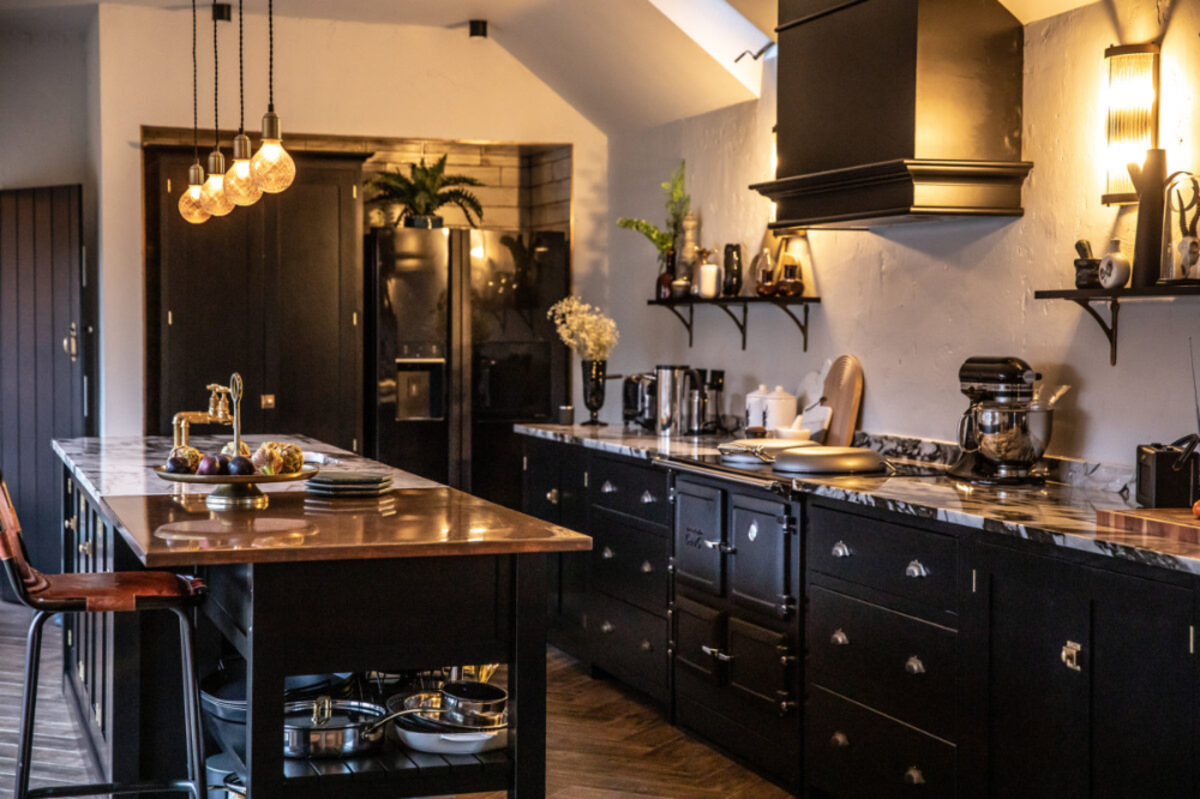
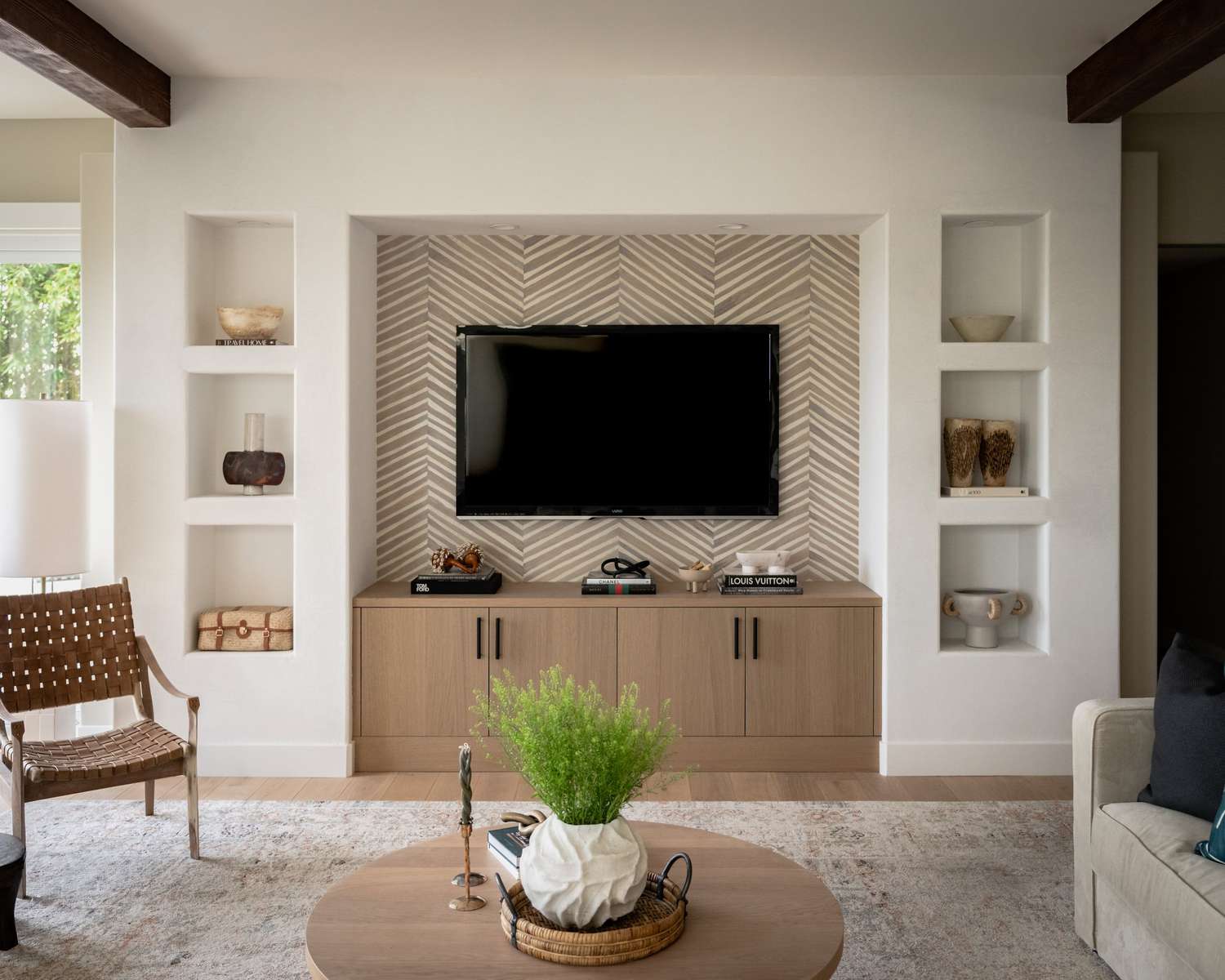
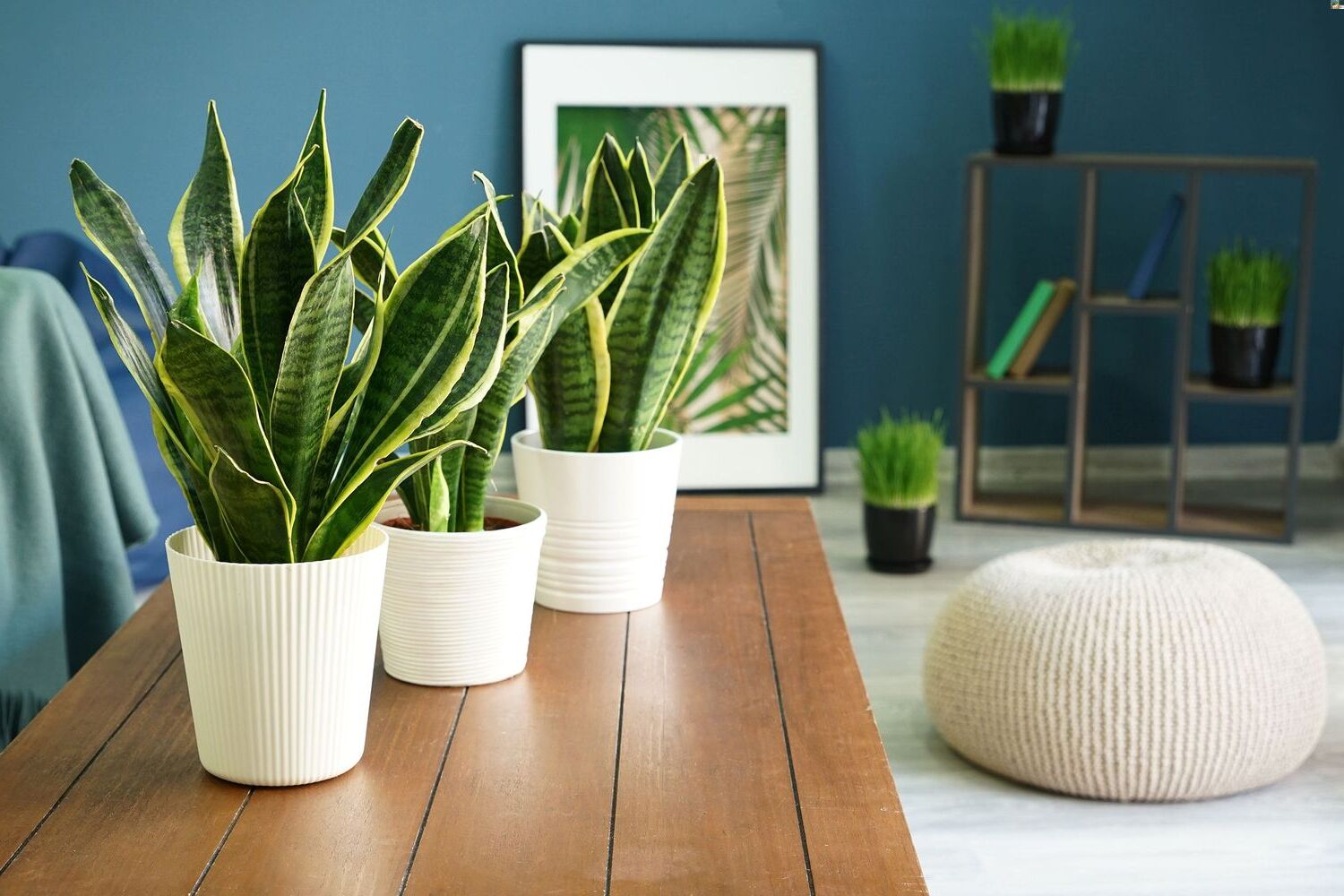
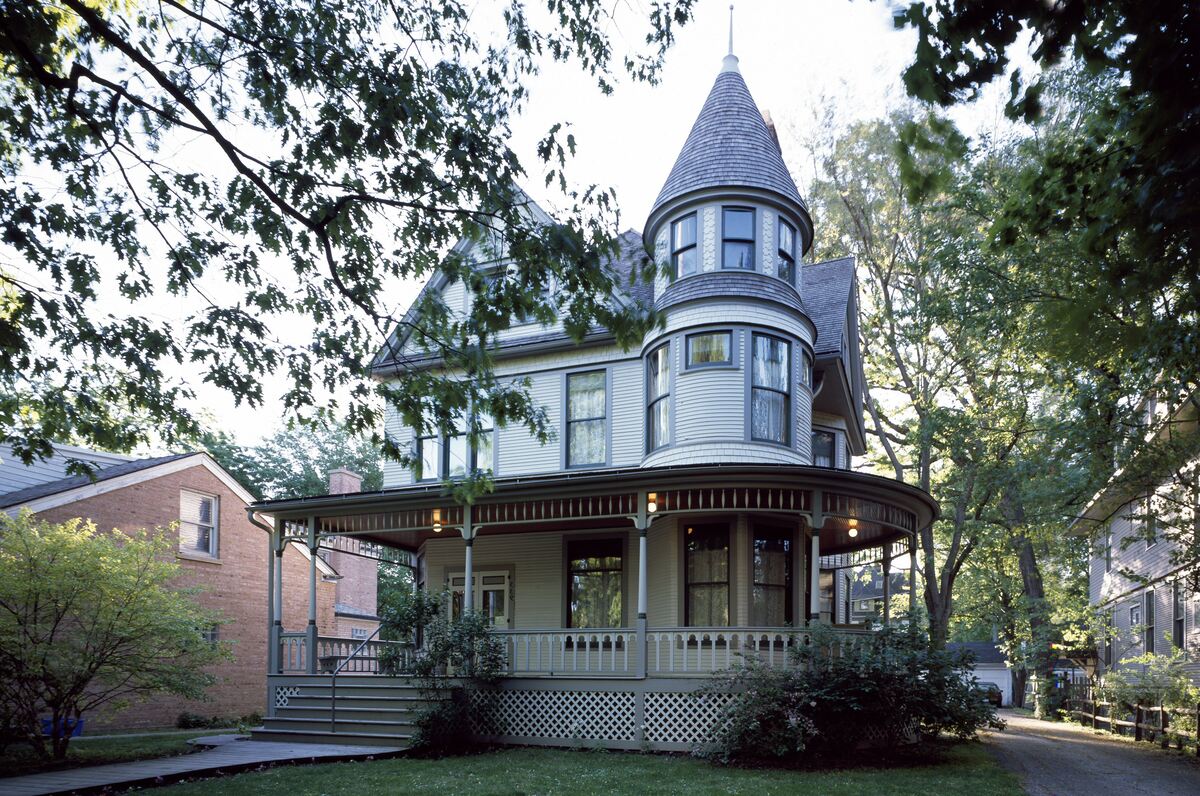
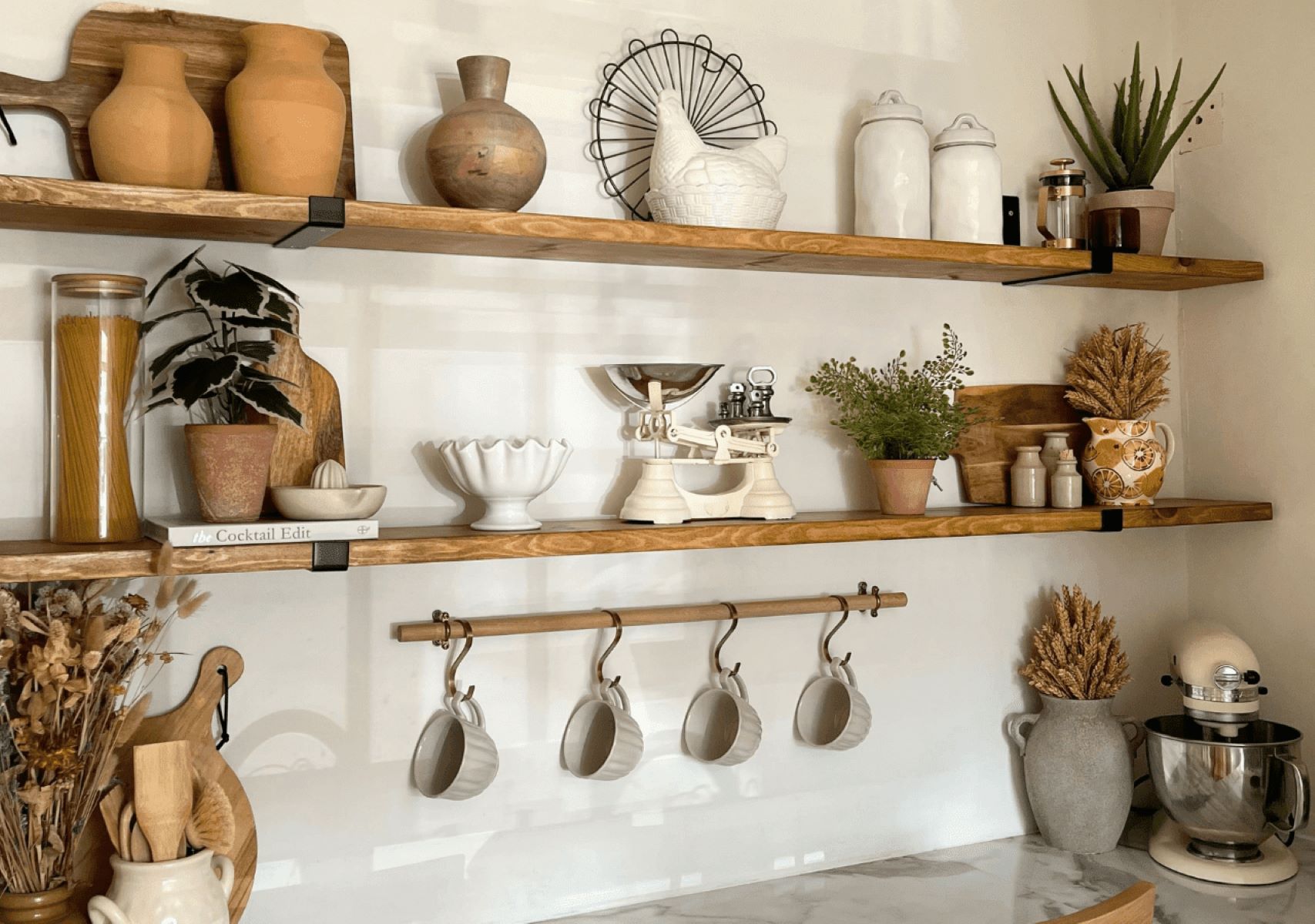
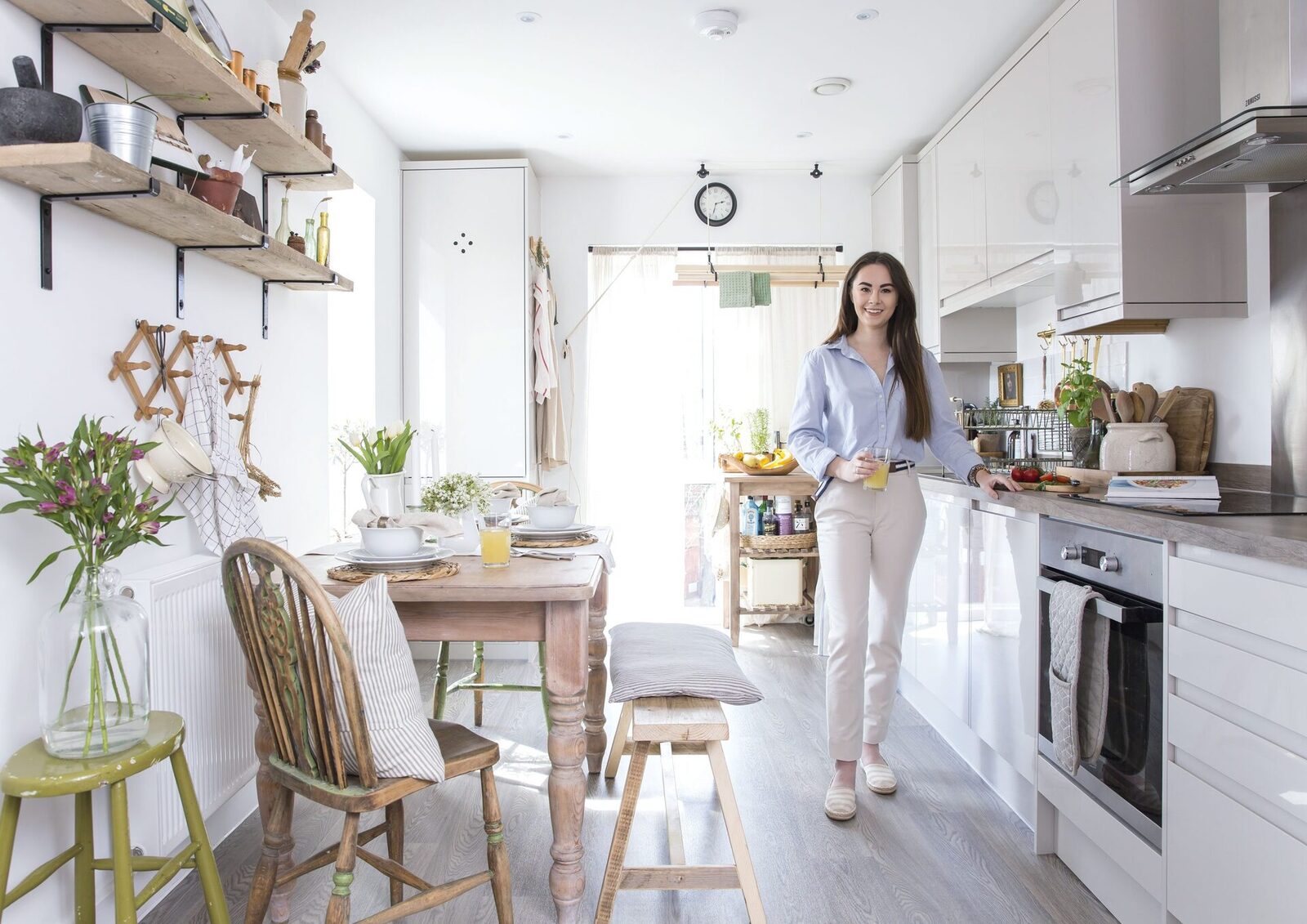
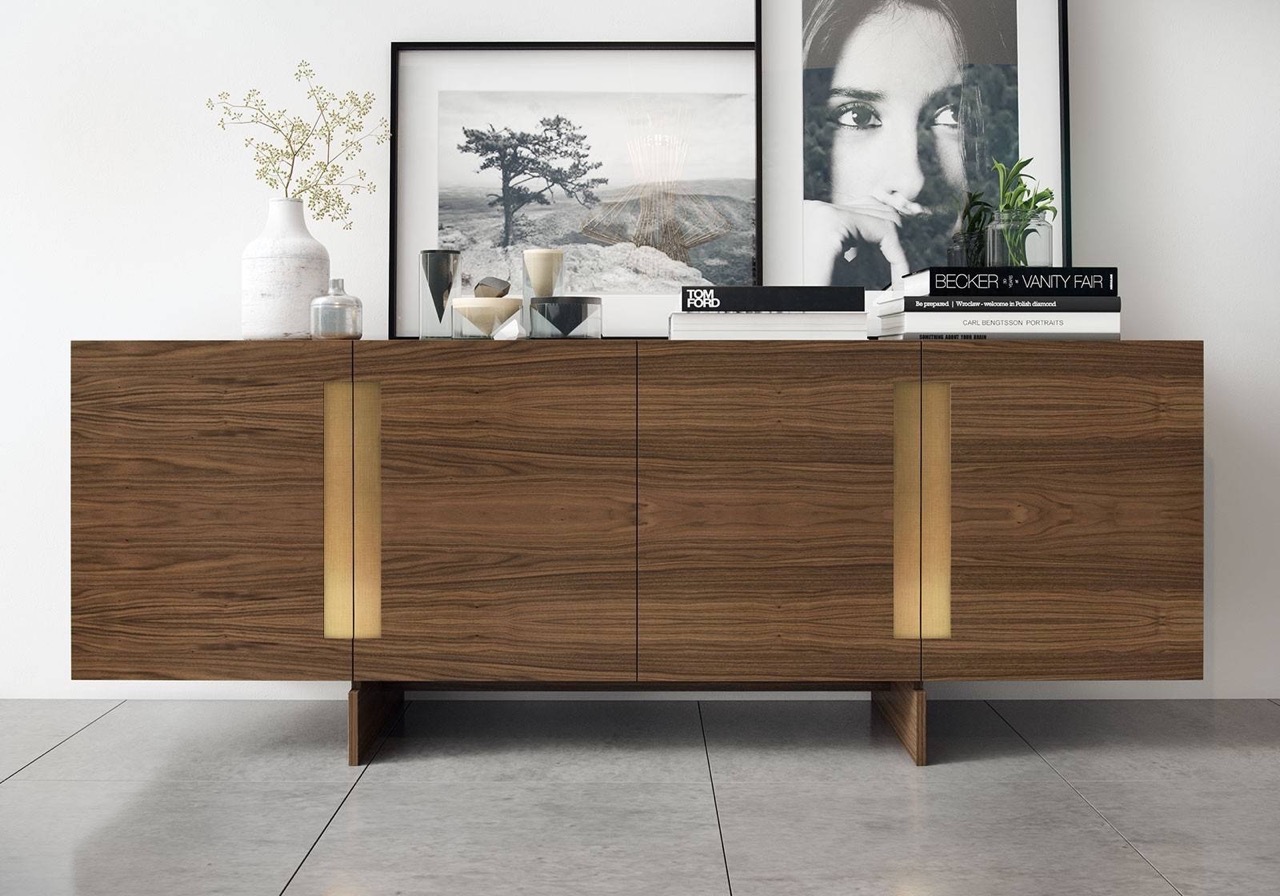

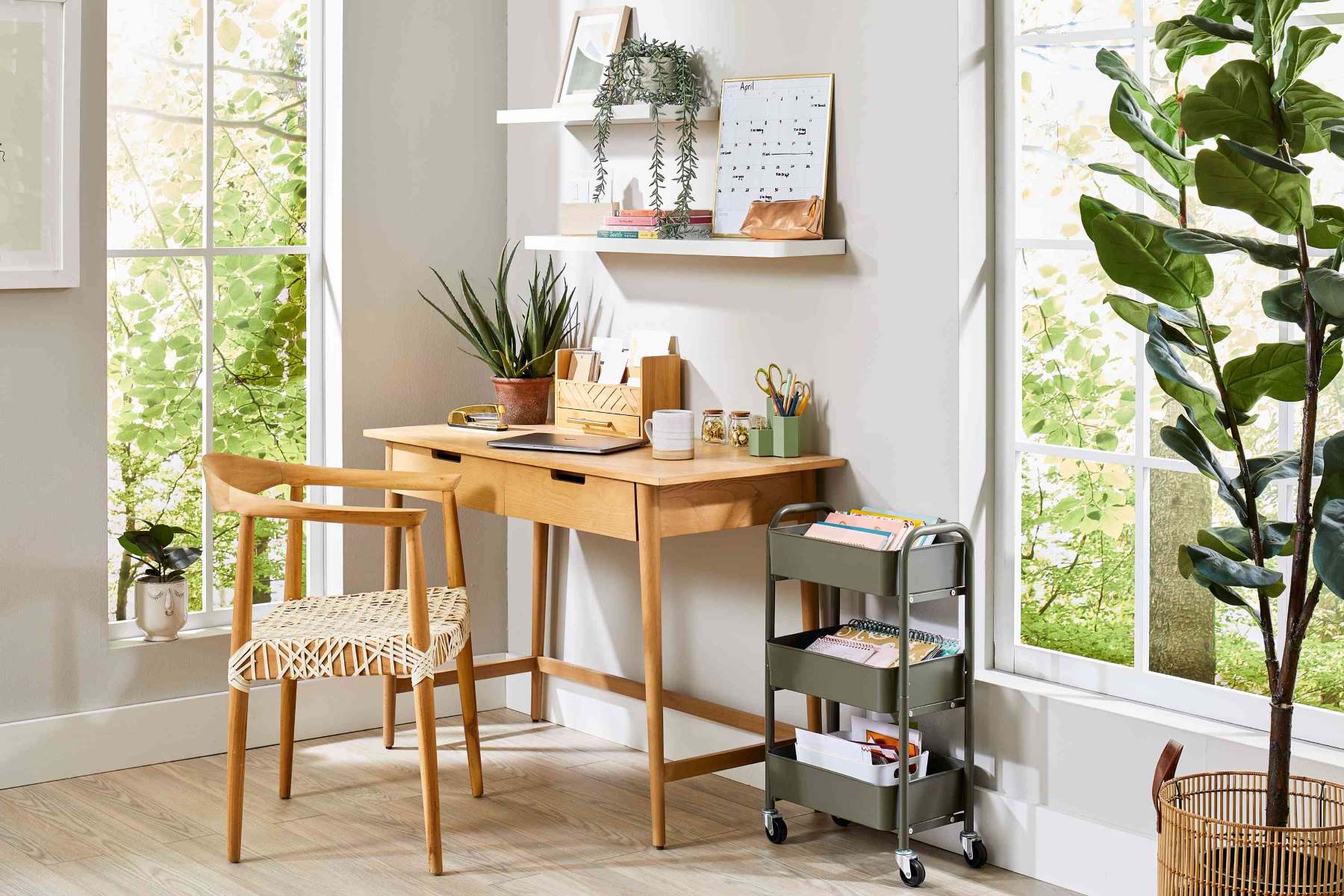
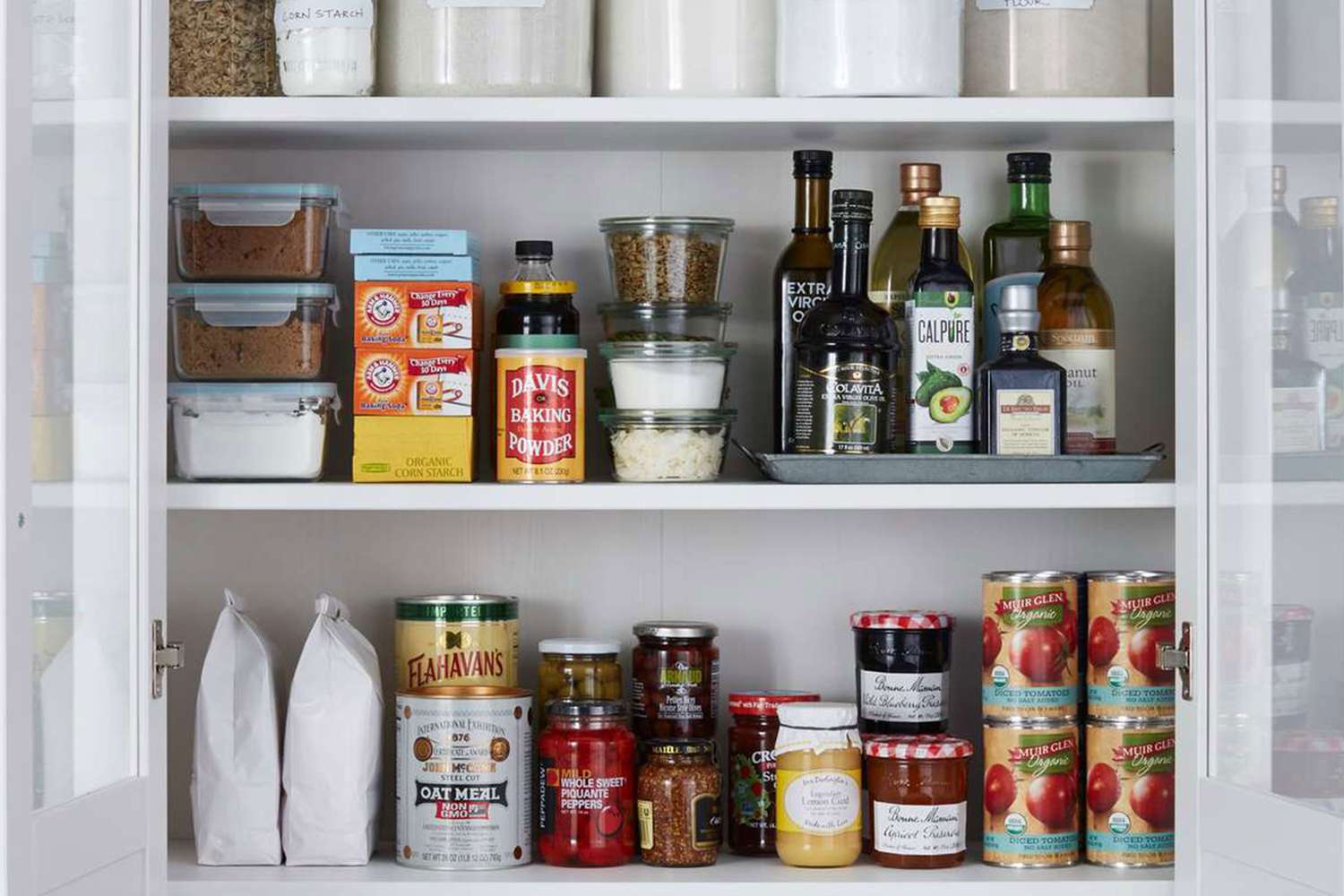
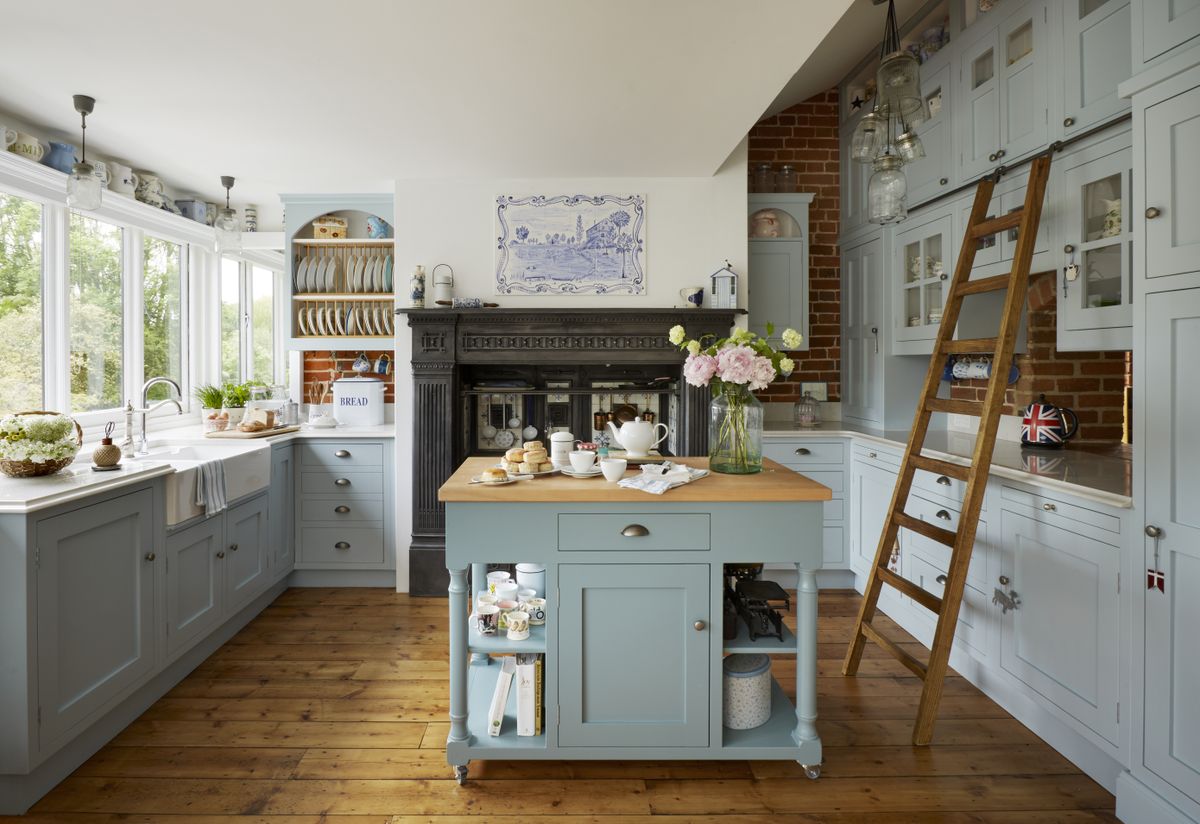
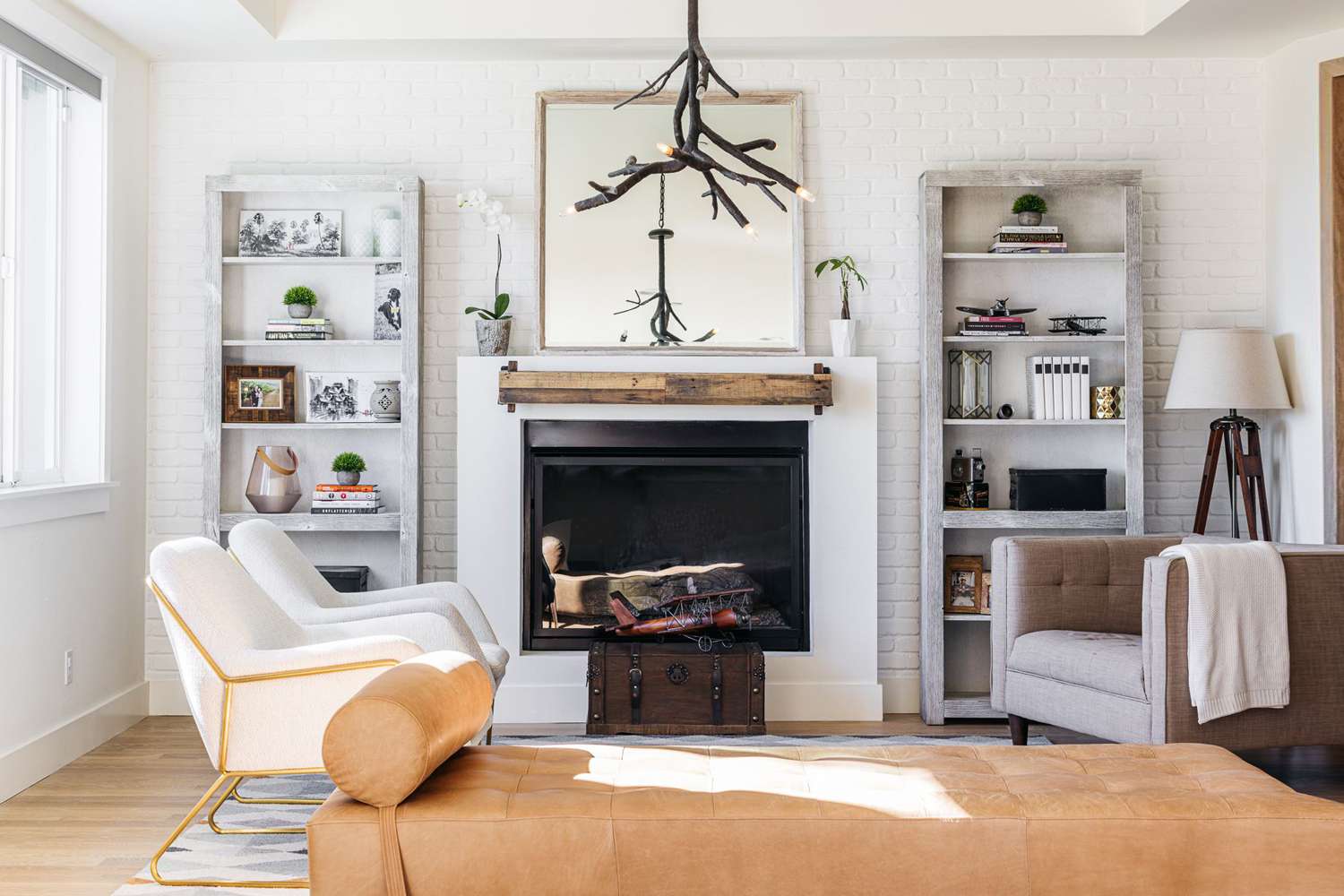
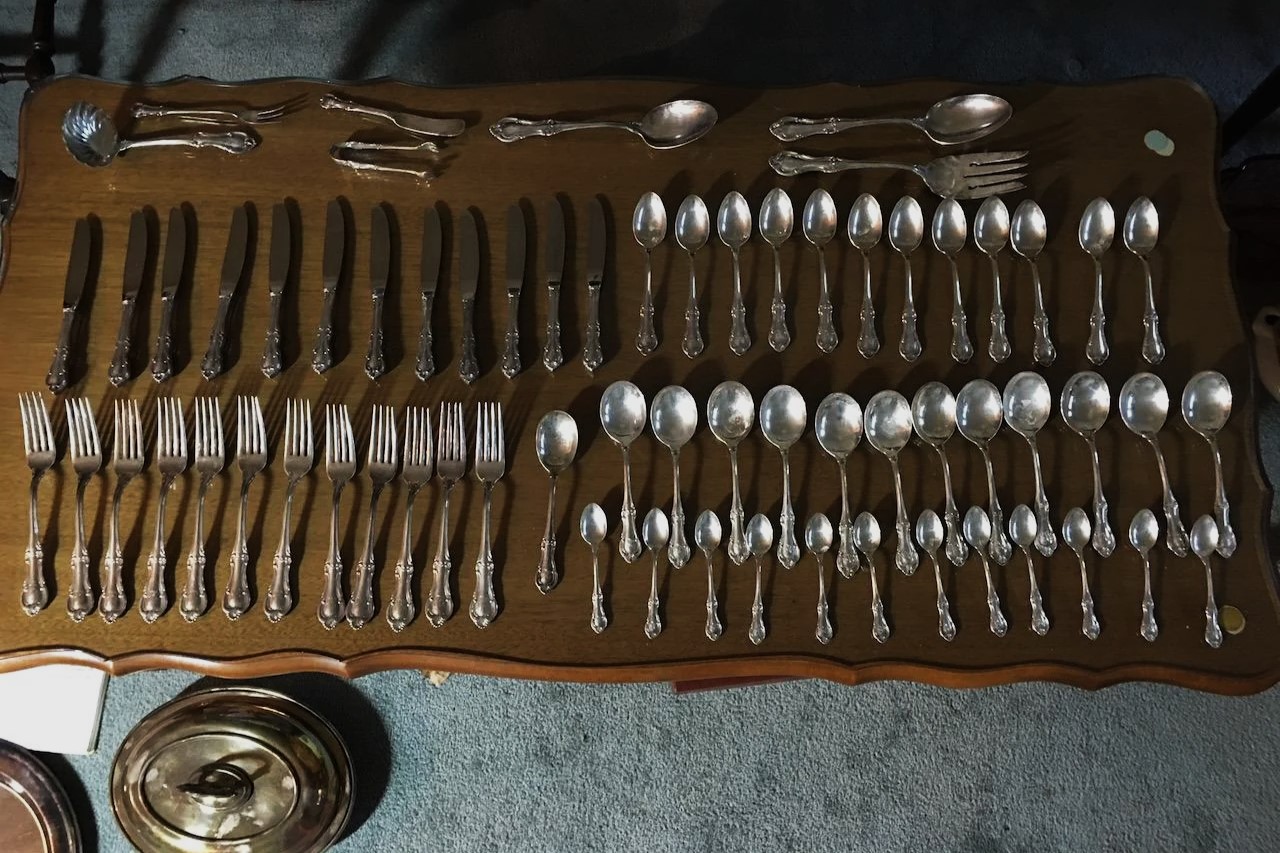

0 thoughts on “Kitchen Styling: 10 Essential Kitchen Styling Ideas And Tips”